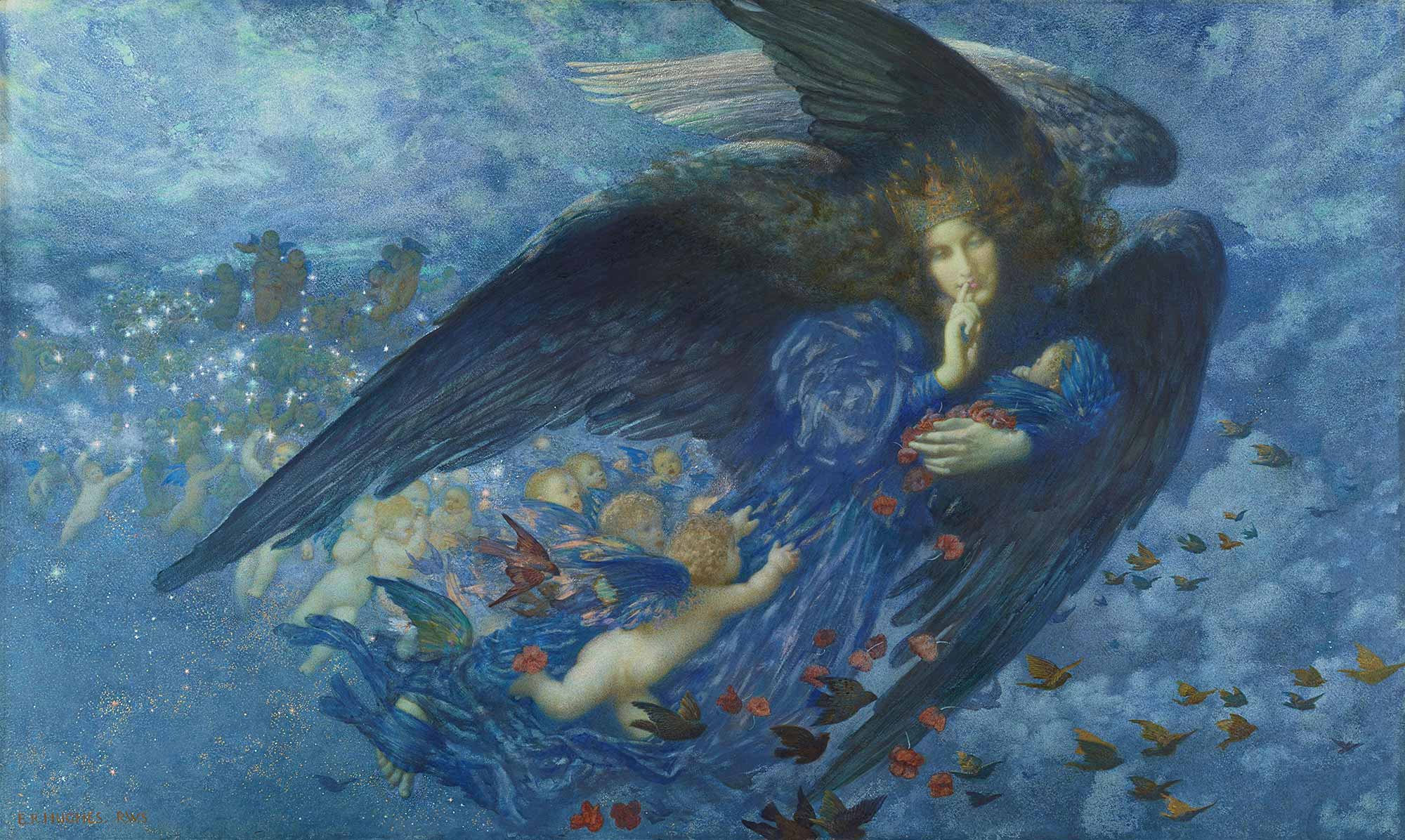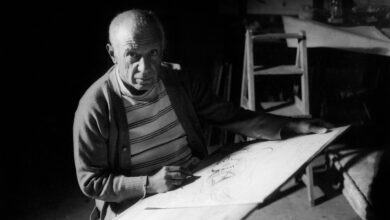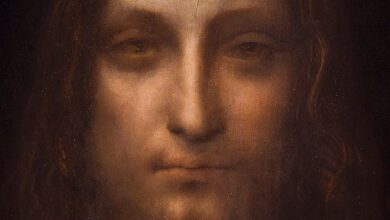Art collectors play a pivotal role in shaping the global art landscape, acting as custodians, trendsetters, and catalysts for cultural dialogue. Their passion and resources often bridge the gap between artists, institutions, and the public, ensuring that masterpieces are preserved, celebrated, and shared with future generations. From building private collections that rival major museums to founding cultural institutions, collectors influence not only the market but also the trajectory of art history.
Yet, their role is as sensitive as it is influential. The power wielded by collectors can dictate market trends, elevate emerging artists, or create exclusivity around certain works. While some see them as benevolent patrons safeguarding cultural heritage, others critique their influence, particularly in an era of skyrocketing auction prices and privatization of significant artworks. These dynamics underscore the dual responsibility of collectors: to nurture the art ecosystem while fostering accessibility and transparency.
In this article, we explore the lives, collections, and legacies of some of the world’s most prominent art collectors. Through their unique visions and contributions, they shape not just the art market but also the cultural narratives of our time. From modern masters to contemporary provocateurs, their collections reflect the diversity, complexity, and enduring power of art.

Photo by Birmingham Museums Trust on Unsplash.
1
Bernard Arnault
Impact:
As the CEO of LVMH and one of the wealthiest individuals in the world, Bernard Arnault wields immense influence in both the luxury and art sectors. His collection spans modern and contemporary works, including pieces by Picasso, Yves Klein, and Jean-Michel Basquiat. Arnault’s establishment of the Fondation Louis Vuitton in Paris demonstrates his commitment to cultural philanthropy. The foundation is not just a museum but a global hub for exhibitions, fostering connections between the worlds of art, fashion, and commerce.
Significance:
Arnault has elevated the accessibility of high art through luxury brand associations, inspiring other corporations to integrate art into their identities.
2
François Pinault
Impact:
François Pinault’s art empire is synonymous with cutting-edge contemporary art. His collection features works by Damien Hirst, Jeff Koons, and Cindy Sherman. By transforming Venice’s Palazzo Grassi and Punta della Dogana into cultural landmarks, Pinault revitalized historic spaces while making contemporary art more visible and engaging.
Significance:
Pinault’s model of adaptive reuse in heritage buildings has redefined how private collections can intersect with public cultural heritage.
3
Eli and Edythe Broad
Impact:
The Broads’ influence lies in their dedication to contemporary art and the establishment of The Broad Museum in Los Angeles. Their collection features pivotal works by Basquiat, Jeff Koons, and Cindy Sherman. By creating a free public museum, the Broads democratized access to contemporary art.
Significance:
Their philanthropic approach underscores the role of private collectors in addressing accessibility challenges within the art world.
4
Dmitry Rybolovlev
Impact:
Dmitry Rybolovlev’s collection includes masterpieces by Leonardo da Vinci, Picasso, and Van Gogh. His high-profile legal battles over disputed art sales have drawn attention to issues of provenance, authenticity, and ethical trade in the art market.
Significance:
Rybolovlev’s legal cases have sparked debates about transparency in art transactions, influencing collectors and auction houses alike.
5
Charles Saatchi
Impact:
Charles Saatchi is renowned for championing the Young British Artists (YBAs), including Damien Hirst and Tracey Emin. His Saatchi Gallery in London provided a platform for emerging artists and became a cornerstone of contemporary art in Britain.
Significance:
Saatchi’s risk-taking approach to collecting has reshaped perceptions of contemporary art, emphasizing the importance of nurturing new talent.
6
Steven Cohen
Impact:
Steven Cohen’s collection is one of the most prominent in the U.S., featuring works by Pollock, de Kooning, and Warhol. Known for paying record-breaking prices, Cohen has fueled market growth and set benchmarks for art valuation.
Significance:
Cohen’s acquisitions highlight the interplay between wealth and cultural capital, making art an aspirational asset for new collectors.
7
Miuccia Prada and Patrizio Bertelli
Impact:
The Prada Foundation in Milan, spearheaded by Miuccia Prada and Patrizio Bertelli, is a beacon for experimental contemporary art. Hosting cutting-edge exhibitions, the foundation merges art, architecture, and social commentary.
Significance:
Their approach highlights the integration of cultural innovation within corporate frameworks, fostering interdisciplinary dialogues.
8
Roman Abramovich
Impact:
Roman Abramovich’s collection includes works by Francis Bacon and Lucian Freud. Through his partner Dasha Zhukova’s Garage Museum of Contemporary Art in Moscow, Abramovich has supported the development of Russia’s contemporary art scene.
Significance:
Abramovich’s patronage has bridged Western and Eastern art worlds, contributing to Moscow’s status as a contemporary art hub.
9
Leonard Lauder
Impact:
Leonard Lauder’s focus on Cubist art, including Picasso and Braque, underscores his commitment to preserving modernist movements. His pledge of his Cubist collection to the Metropolitan Museum of Art secured its legacy for future generations.
Significance:
Lauder’s philanthropic vision demonstrates how collectors can ensure the cultural and historical preservation of pivotal art movements.
10
Sheikh Saud bin Mohammed Al-Thani
Impact:
Sheikh Saud’s acquisitions in Islamic art, antiquities, and natural history artifacts played a significant role in shaping Qatar’s cultural identity. His efforts contributed to the establishment of institutions like the Museum of Islamic Art in Doha.
Significance:
Sheikh Saud exemplified how state-backed collecting can redefine national cultural narratives and bolster global cultural diplomacy.




